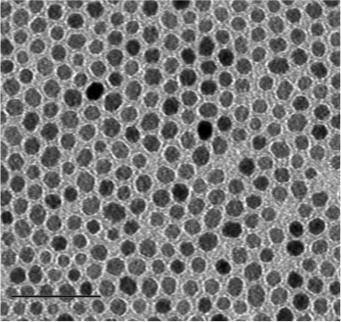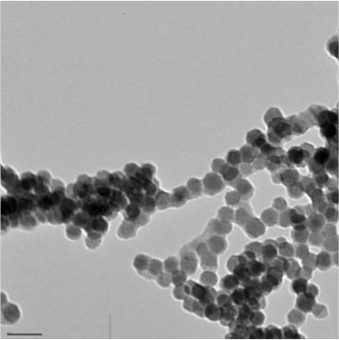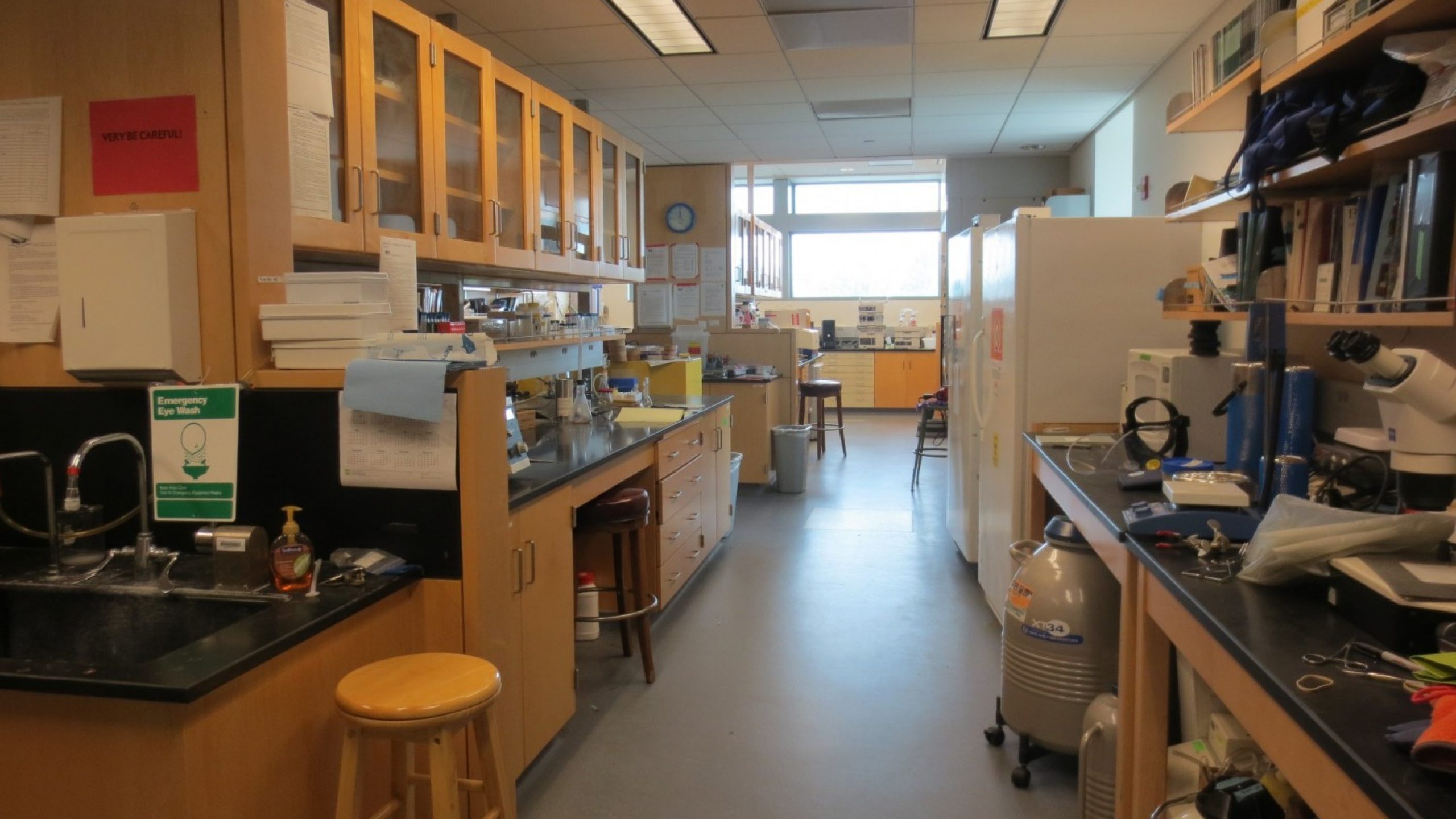

The interest in development of multimodality imaging hardware and probes has grown rapidly. This rising interest is attributable to the awareness of the limits of single modality imaging in terms of spatial resolution, sensitivity, anatomical/functional information and depth or interrogation.
We have developed multimodality imaging probes based on nanoparticle platform. Nanoparticles are a versatile vehicle upon which to construct multimodality imaging agents. The nanoparticle itself can be a detectable imaging agent orvarious imaging portions can be conjugated to the surface or incorporated into the nanoparticle.
We have developed radiolabeled nanoparticles for multimodal probes, which were generated by attaching radioisotopes covalently to the surface of the nanoparticles. These probes could be also be synthesized by an alternative approach(core/shell) that insert PET radioisotopes into the shell around an MRI visible core or alternatively incorporate paramagnetic ions into the shell around a radioactive core.
Silica as a basis or component of imaging agents is highly promising for biological applications due to its biocompatibility and facile introduction of functional groups to the hydroxyl groups of silica. However, there has been limited in use of silica shell for multimodality imaging agents in part due the need for multi-step syntheses, this is a concern for radioisotopes having short half-life. By conventional methods, it can take from hours to days for silica coating. Currently, we are focusing on development of microwave synthesis in order to accelerate the preparation process of multimodality imaging probes.
